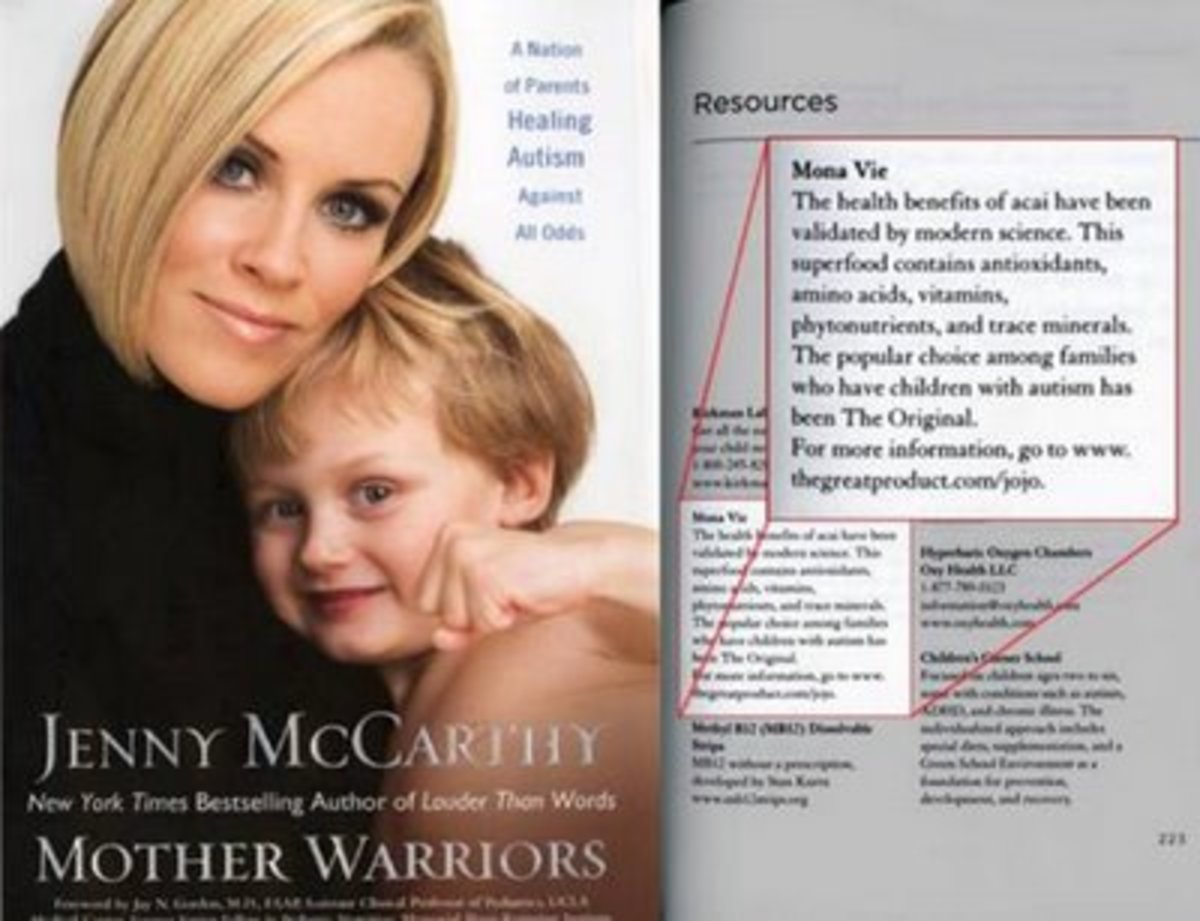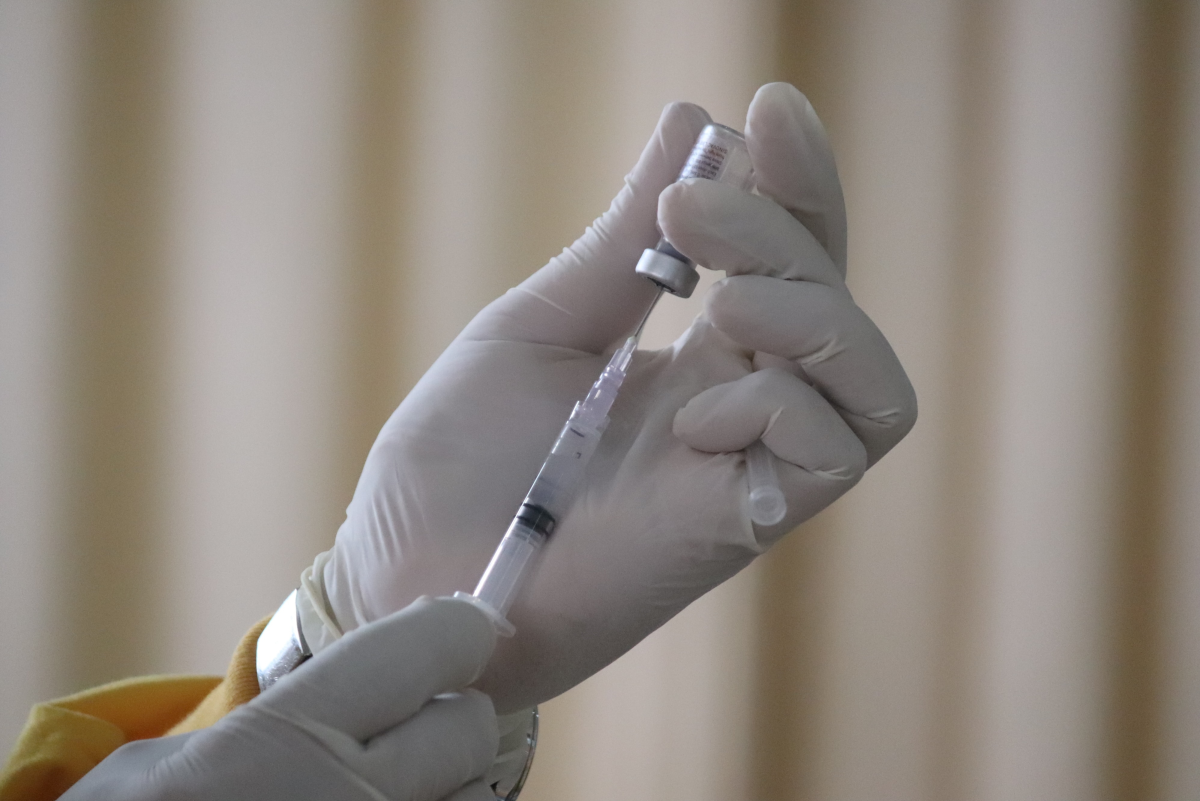Do babies have too many vaccinations within the first two or three years of life?

How many vaccines are too many?
As a parent, you have the responsibility for many decisions regarding your child’s health. One of the areas which has serious consequences concerns the administration of vaccines. Like many other health-based choices you need to consider the risk and benefits of the different options available to you. In the area of vaccines, there are several questions you needs to consider.
First, let’s look at the numbers. You need to look at how many vaccines are being considered. The number of vaccines required varies from nation to nation. Physicians in the United States currently recommend 36 vaccines. There is the possibility of even more vaccines under the Obamacare program. In many other nations, physicians recommend an average of 18 vaccines. Despite the numbers, the additional number of vaccines recommended in the United States has not made their population healthier than the rest of the world. The United States ranked #34 in infant mortality. Iceland had the lowest infant mortality and as a nation recommends 11 vaccines. Japan is number #4 in infant mortality, and they also recommend 11 vaccines.
Historically, the number of vaccines has risen dramatically. When vaccine programs started around 100 years ago, children were only required to have one. Fifty-five years later that number had grown to five. In the past forty five years, the number has risen dramatically to 36+. With that kind of dramatic rise in required vaccines, you would think that massive health issues have been plaguing the United States which led to those large numbers.
Consider the number of vaccines in terms of how many shots that potentially represents. That is a large number of shots for any child to be exposed to. In an effort to reduce the number of shots, the medical community uses combination shots. By combining the vaccines into one shot, they hope to reduce the overall number of shots a child receives. The combination of vaccines reduces the overall numbers, yet creates other problems. With the combination vaccines, when your child experiences an adverse reaction, you may not easily discover which vaccine they were reacting to.
With the combination shots comes the use of antigens. The antigens are the chemical agents added to the vaccine that stimulate the child’s immune system in order to create anti-bodies that fight off the disease. In the vaccine dose, there may me multiple antigens.
Vaccines, like food, have expiration dates. In order to preserve the life and increase the potency of the chemicals, other substances are often added to the vaccine. These additives are called adjuvats. These chemical additives are often the source of controversies. Among the additives, some researchers have found gelatin and amounts of formaldehyde. There have been some vaccines that have also had traces of mercury and aluminum salts. Many of the substances used as adjuvats, like formaldehyde and squalene are potentially dangerous to humans. Although squalene is found in the body, when administered like a vaccine, it can trigger antibodies which lead to the body attacking itself.
Although the amount of chemicals injected into the body are small, when they are administered to children, the amount may be more than their tiny bodies can handle. The medical community often counters this by claiming that the vaccines are administered in areas of the body where they will go into the lymph system, rather than the blood stream. What is clear is that the body’s natural protection systems are being bypassed by the vaccine chemicals.
As parents, one option that some parents have opted for is for an adjusted vaccine schedule. With the adjusted schedule, some vaccines are administered at alternative times. The number of parents choosing this option is about 13%. In response to this adjusted schedule some pediatricians have ‘fired’ their patients who do not cooperate with the recommended vaccination program. If you have concerns, you may want to talk with your pediatrician, along with researching the concerns yourself.
Vaccines as Big Business
Vaccines are also big business. The vaccine industry makes large amounts of money from the sales of vaccines. In 2007, the sales figure was $16.3 billion. In 2006, the sales were $11.7 billion. Since school districts and government programs often mandate compliance with vaccine programs, the sales will likely continue. When the adult and teen vaccines are removed from the figures, you are still looking at an $8 billion dollar industry.
Vaccines are not always safe. The United States government created the Vaccine Injury Compensation Fund in 1988. This fund was used in compensating those who had severe reactions to vaccines. The fund has already paid out $2 billion dollars in damages since its creation. In case your are wondering, the maximum payout for the death of a child is $250,000. So the large payout is not a matter of parents winning large sums for the death of a few children. Given the amount of monies paid out, there have been a number of some significant cases.
A majority of the monies paid out have been for reactions to the following
- DTP (diphtheria-tetanus-whole cell pertussis)
- Influenza (Trivalent)
- MMR (measles mumps rubella)
- Hepatitis B
The fund is paid for out of a surtax pharmaceutical companies have paid on the required vaccines.
Tell Me What You Think
Do you believe that there are too many vaccines required in the United States?
For More Information
- Vaccine Injury and Exemption Attorneys; Litigators
Patricia Finn Attorney, P.C. in a vaccine civil rights and vaccine injury firm located in Piermont, New York. Her firm has litigated vaccine exemption rights cases in State and Federal Court, and vaccine injury and death cases in the United States Co - Government report links thimerosal laden vaccines to neurological disorders
- VaxTruth.org
“To support and empower parents and families to make informed decisions about their children’s health, education, and social and emotional well-being.








